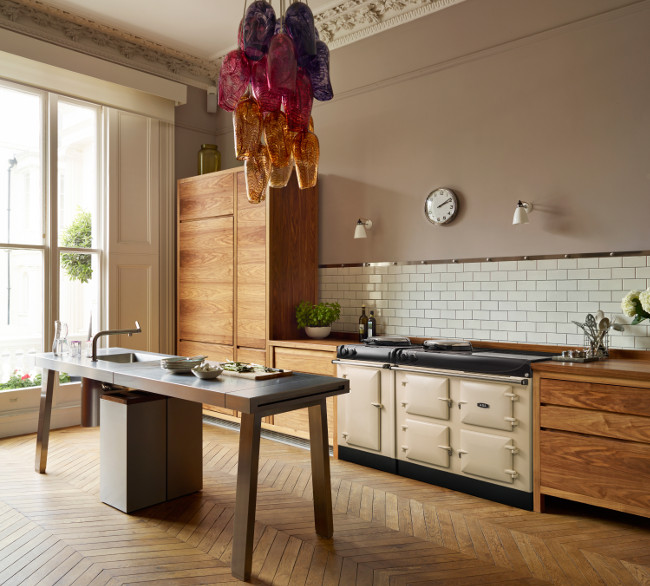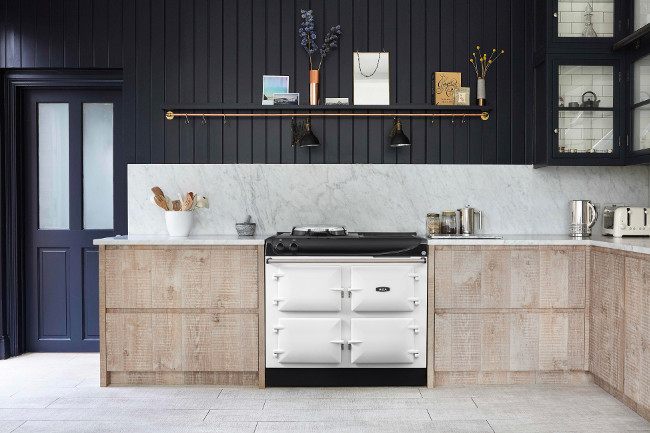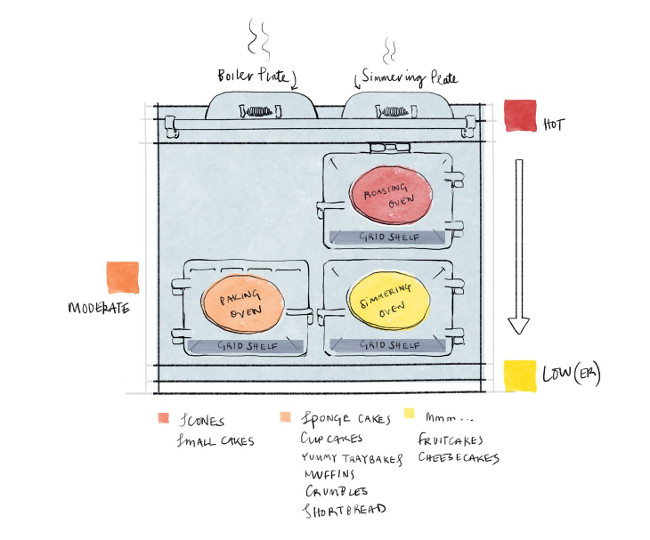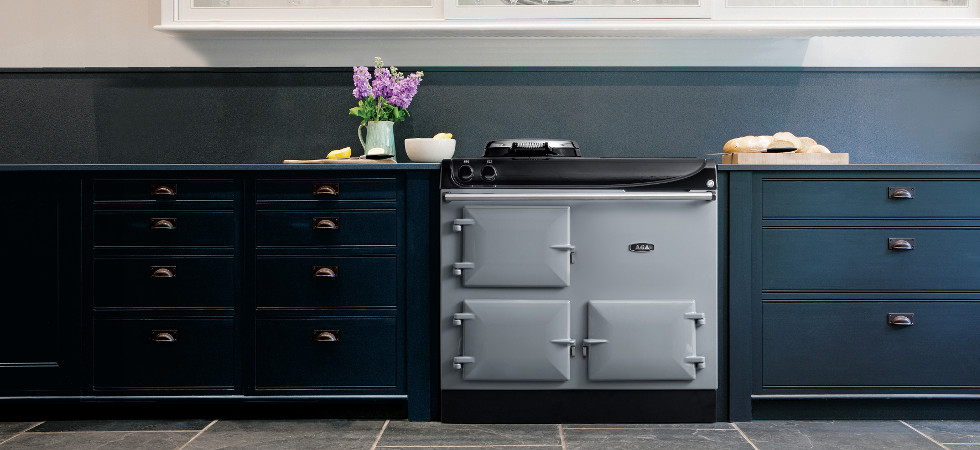Range cookers such as an Aga, Rayburn or Everhot are a staple of many country homes – offering a fantastic cooking experience and a luxurious, classically English aesthetic. However, if you are cooking on one of these for the first time there are some key principles you should know.
This guide gives everything you need to know about cooking on a range cooker – meaning you can cook that perfect roast dinner even if you’re a first-time user!

Range cookers stay on all the time!
Unlike regular ovens, range cookers are essentially heat-storage units, meaning the oven is ‘always on’ whenever you need it. Therefore, you need to be careful you’re not losing heat when not in use: to improve efficiency, consider investing in some insulated hob covers and use the hot plates sparingly – these are the biggest cause of lost heat in your cooker.
You should aim to only perform about 20% of the cooking through the hotplates – use the ovens as much as possible to make sure you don’t lose heat unnecessarily! In fact, many users swear by not using the hot plates for cooking tasks over 7 minutes – so stick to short frying tasks such as eggs with simmering tasks for the simmering oven.
Ensure an optimum cooking temperature
The heat inside your range cooker can vary greatly after rigorous cooking tasks – these cookers use a radiant heat where the cooker itself is warmed rather than the air inside. Regularly monitor the heat in your ovens as a change in this can create problems – we recommend that an Aga cooker should be 230°C in the roasting oven.
The benefits of cooking with a radiant heat are that the food does not ‘dry out’ under the intense heat, meaning they are renowned for succulent foods such as the classic English roast dinner!

Be careful of where food is placed in the ovens
Although there is a variation of oven temperature in any cooker, there is an even larger array of heat throughout the ovens on a range cooker.
On an Aga range cooker, the roasting oven is extremely hot, the baking oven fairly average, and the simmering oven much lower. The illustration below gives you an idea of the difference in heat throughout a range cooker:
Because of this large variation in heat, remember you will need to move dishes throughout the ovens during the cooking process.
For example, you may want to use the intense heat of the roasting oven to start the cooking process and move it down to the simmering oven after the bulk of the cooking has been completed.
Remember to monitor the dishes when in the oven – although be careful as every time you open an oven door you’ll lose some precious heat!
Use a cold shelf
As we’ve already mentioned, the top of the roasting oven has a very high temperature which can easily overcook food even if left on the lower racks. This is why many range cooker owners use a cold shelf in their ovens – which works as a shield for food left at the bottom of the oven.
When using a cold shelf, the dish will still receive a fair amount of radiant heat, but will be protected from being exposed to an overly intense heat.

Patience and practice
Cooking on a range cooker is a skill that needs to be mastered over years of practice. Beginners will no doubt have problems and suffer a few burnt potatoes along the way!
The main thing is to keep persevering – get to know the unique cooking style of range cookers and you’ll be rewarded for years to come with some unbelievably tasty dishes.






















